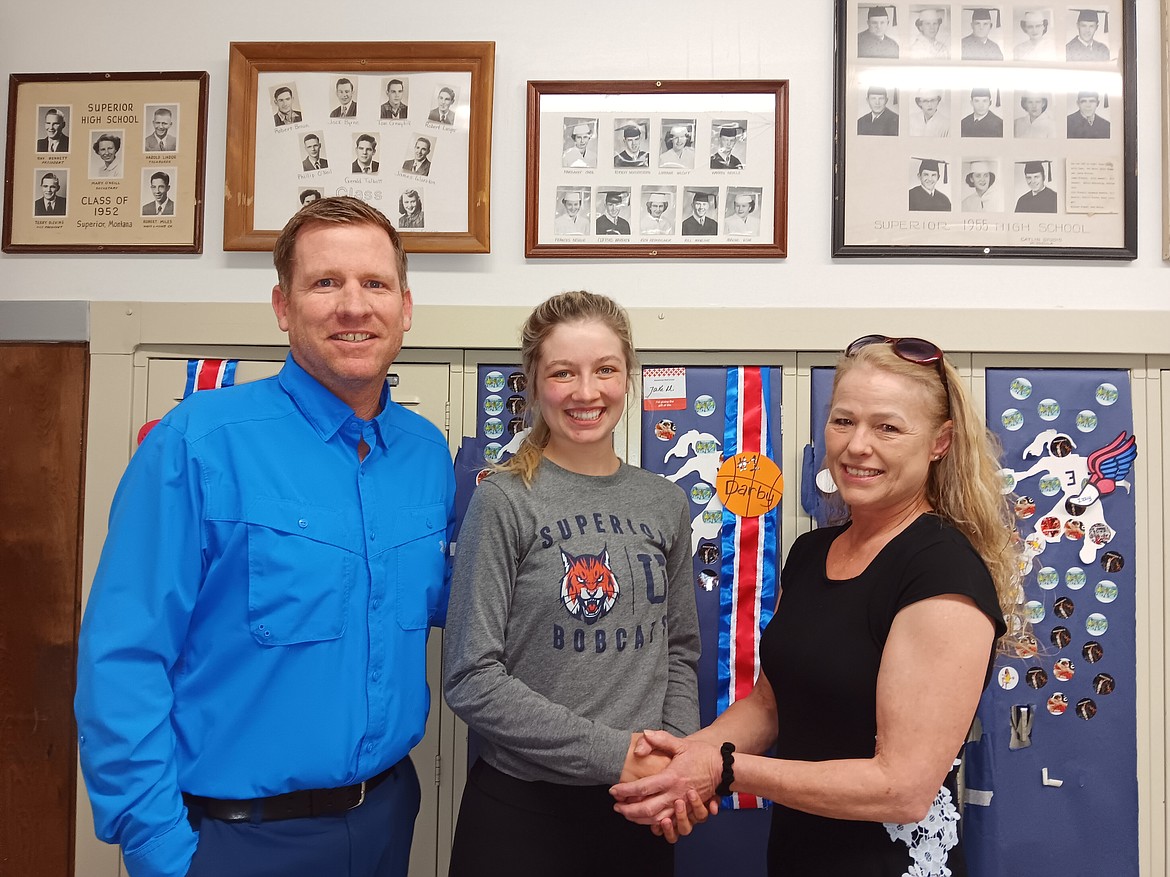Superior's Haskins earns esteemed Gaylord Green scholarship
Gaylord Green is one of the pioneers of the creation, development and operation of GPS (Global Positioning System), whose work on satellites and orbits particularly affected the success of the technology.
As an Air Force major, he was head of the NAVSTAR GPS Joint Program Office from 1985 to 1988...
Become a Subscriber!
You have read all of your free articles this month. Select a plan below to start your subscription today.
Already a subscriber? Login



